A review and photo examples of the SIGMA SD9 SLR digital camera paired with several lens manufacturers.
- Please see the disclaimer regarding advertising here.
- Italicized links in the text are advertisement links that take you to other sites.
Table of contents

Gallery
The following lenses were used for the sample photos:
- APO-LANTHAR 180mm F4 Close Focus SL
- SIGMA APO 800mm F5.6 EX HSM
- SIGMA APO 300-800mm F5.6 EX HSM
- SIGMA APO 70-200mm F2.8 EX HSM
- TAMRON SP 180mm 63B
- TAMRON SP 28-80mm F/3.5-4.2 27A
Review
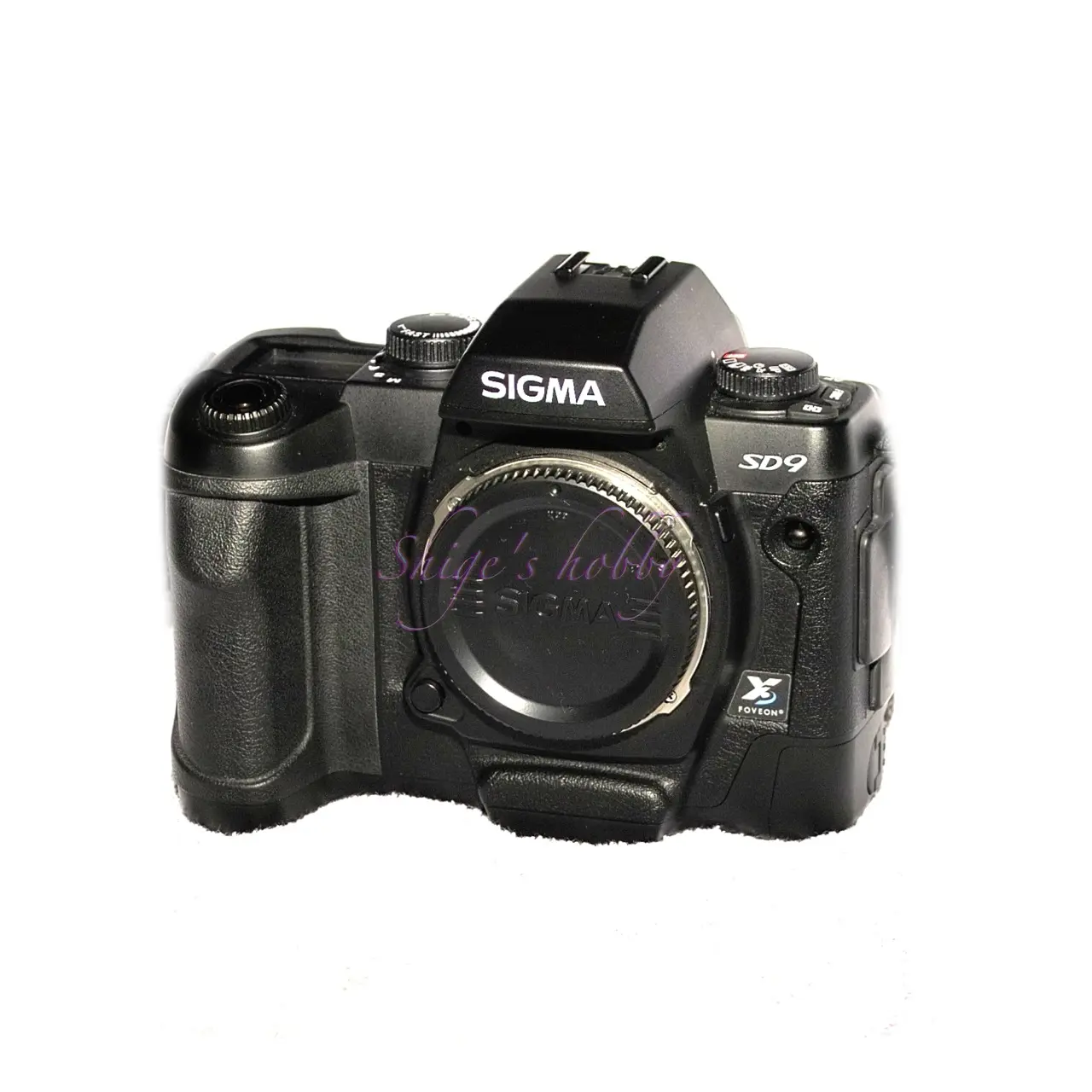
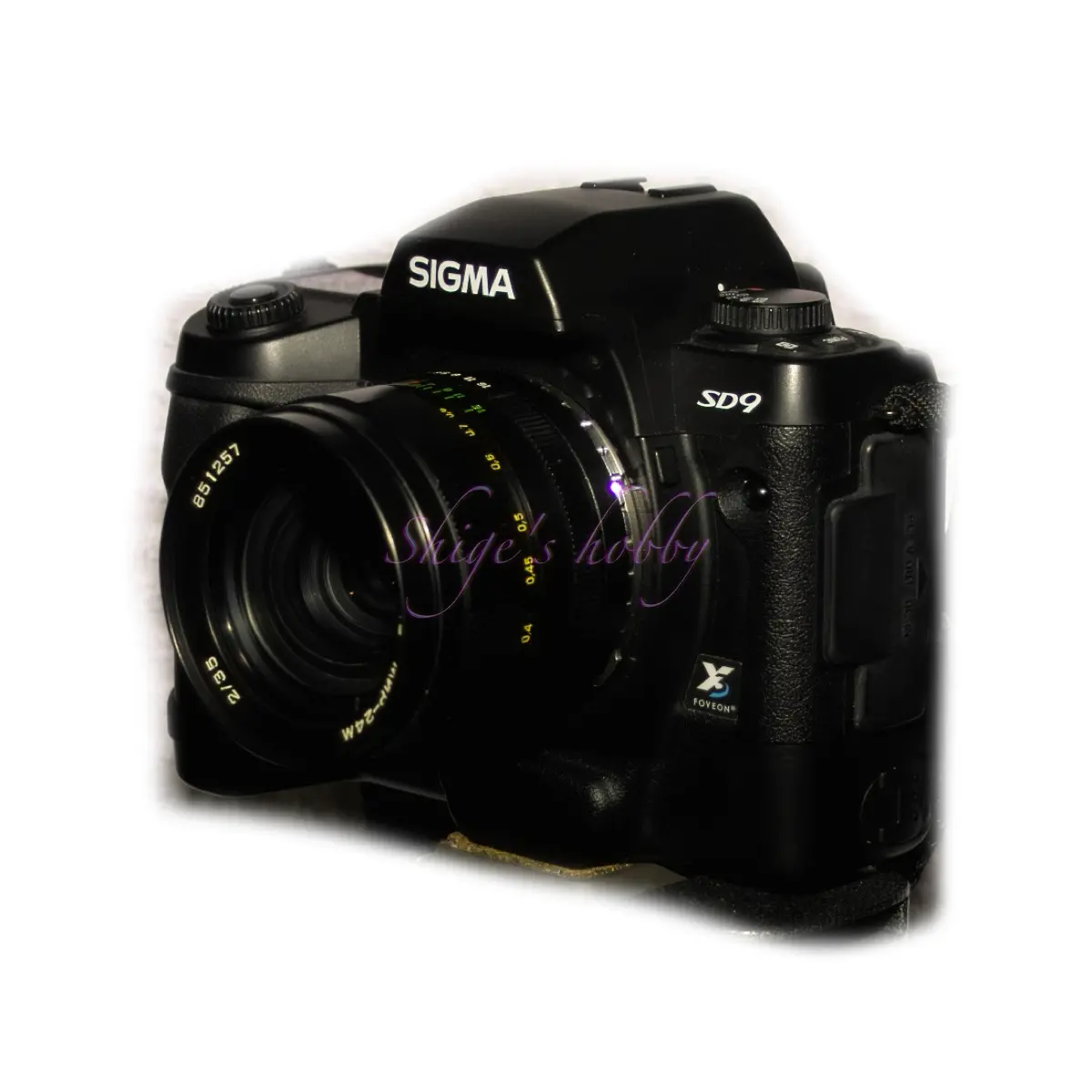
1.Overview
The SIGMA SD9 was released in 2002 and features Sigma’s first-generation Foveon sensor.
At the time, and even now, only Sigma uses the Foveon triple-layer sensor developed by Foveon (later acquired by Sigma and becoming a subsidiary).
As this was the first camera to feature the Foveon sensor, the page title is “The First Foveon Sensor Camera SIGMA SD9.”
The first-generation Foveon sensor is 3 megapixels x 3, and can properly output 3 megapixels (2,268 x 1,512 pixels). However, since it stores raw data for each of the RGB colors, the amount of recorded image data is three times that of a normal 3 megapixel image.
The pixel count could be increased by processing images with the SIGMA Photo Pro development software.
The viewfinder appears to be borrowed from the SA-7 film camera, employing a 35mm full-frame viewfinder with the edges masked, known as a sports viewfinder.
The SD9’s power supply requires four AA batteries to run the camera, or two CR-V3 batteries, and two CR-123V batteries for camera control.
2.Usability
The SIGMA SD9 is Sigma’s first digital camera, and it performs well for a first model, but to be honest, it has a lot of issues.
This camera requires patience when it comes to operational response, and even developing photos after shooting using SIGMA Photo Pro on a 2000s PC required a lot of patience. It’s thanks to using this camera that I no longer mind slightly slow cameras.
The sports viewfinder used in the SD9 is a repurposed 35mm full-frame camera, and I’ve seen some negative reviews about it, but personally I find it useful when photographing moving subjects, as it allows you to see what’s not visible.
The biggest drawback to this camera is the power supply. If the voltage of the AA batteries that power the camera drops below 1.5V per battery, the camera will not have enough voltage to operate and will stop working, so nickel-metal hydride batteries with a battery voltage of 1.2V were almost unusable.
Although disposable batteries are expensive, using two CR-V3 batteries was the best option for stable operation. As of 2024, the CR-V3 has become more expensive and difficult to obtain, so it currently uses AA lithium batteries, although it’s unclear how long they will remain available.
The following two products are representative of disposable AA lithium batteries:
- Energizer (Koizumi Seiki)
- Panasonic 1.5V Lithium Battery, AA, 4-Pack, FR6HJ/4B
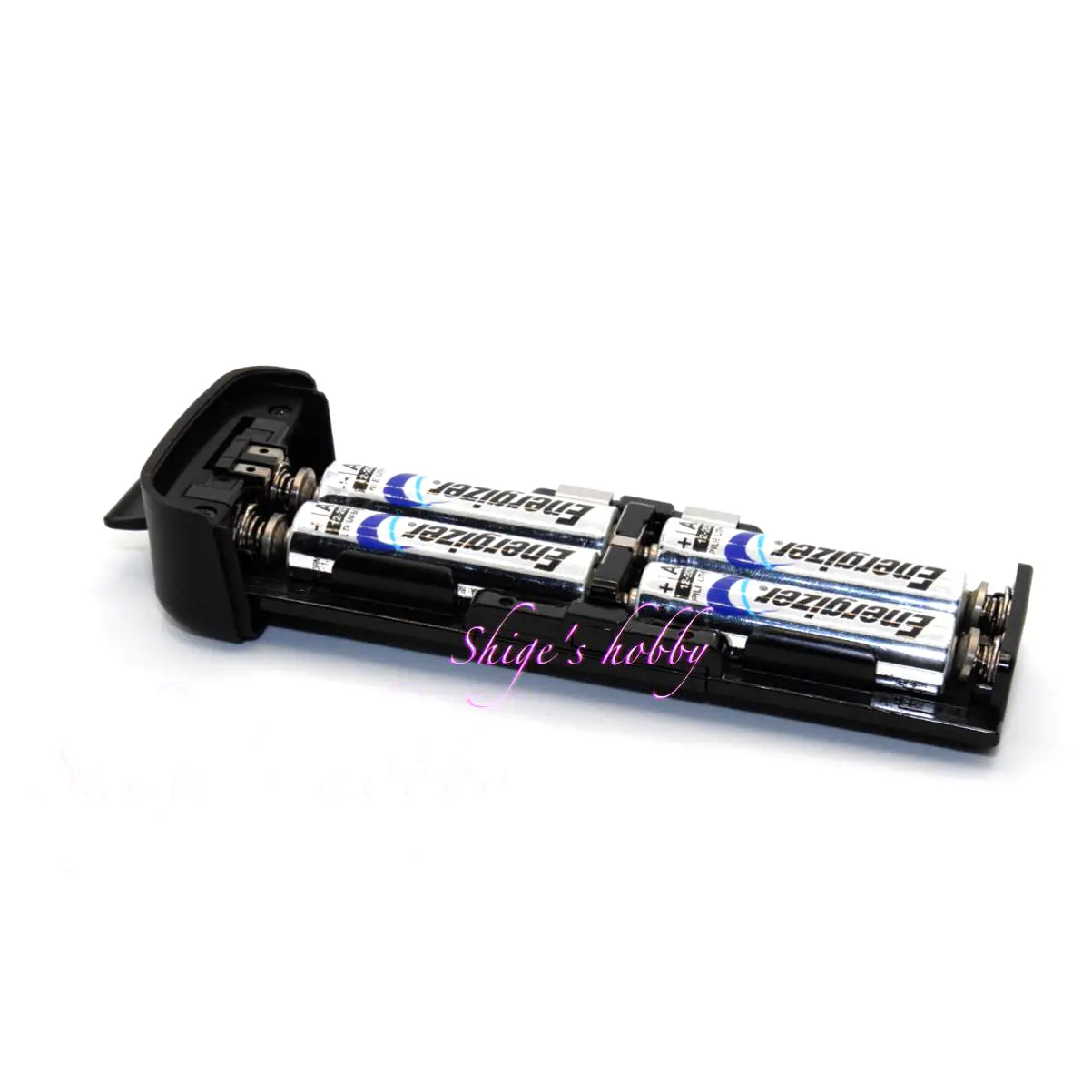
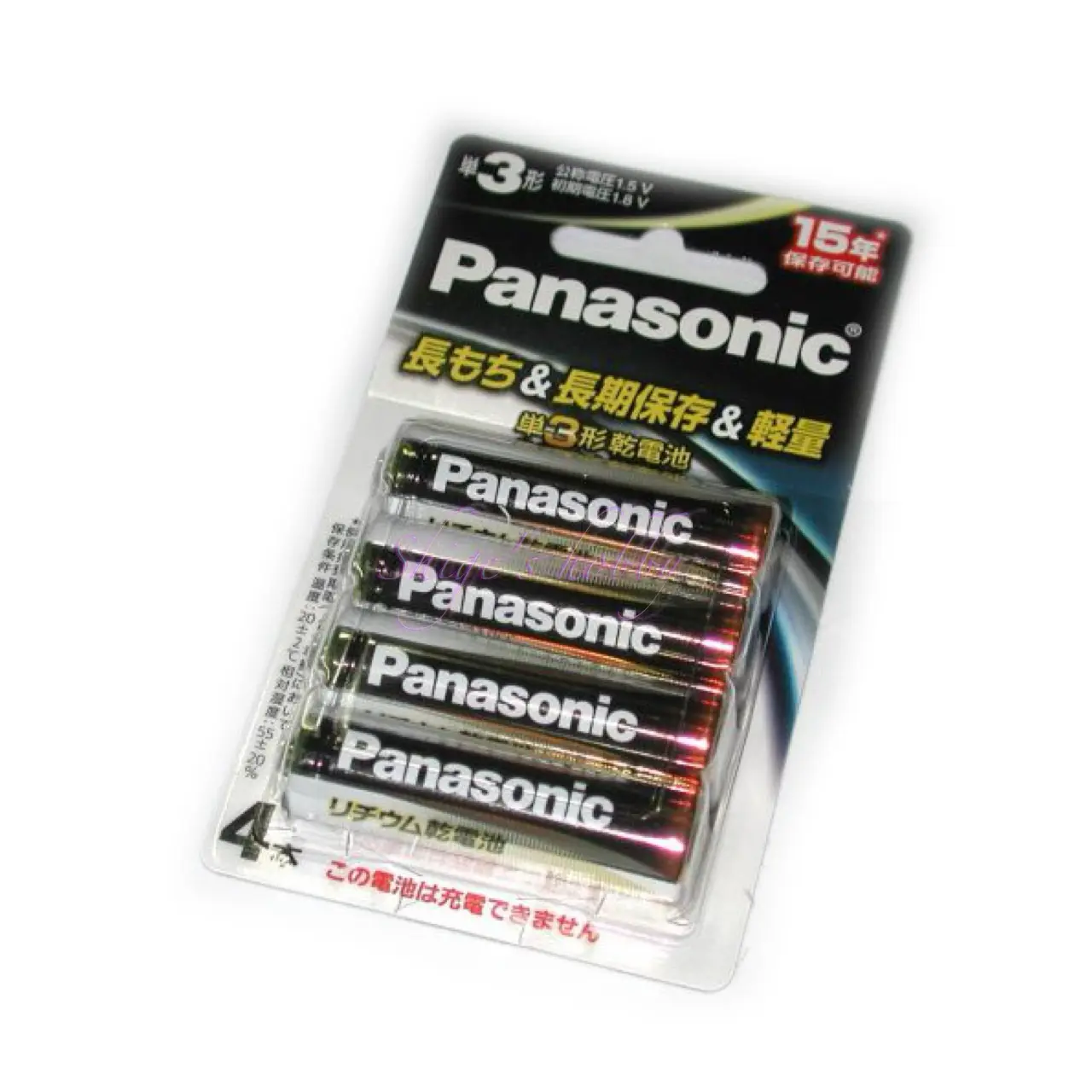
Rechargeable CR-V3 batteries are also available on the market, but when measured with a tester, many of them have a battery voltage exceeding 1.5V, raising concerns about damage to electrically powered components such as the camera’s circuit board and sensors.
Sigma also sold the rechargeable CR-V3 shown below, called the BP-11, towards the end of the SD10’s lifespan. As this is an original product, the operating voltage is thought to be controlled, but it is no longer available on the market and is difficult to obtain.
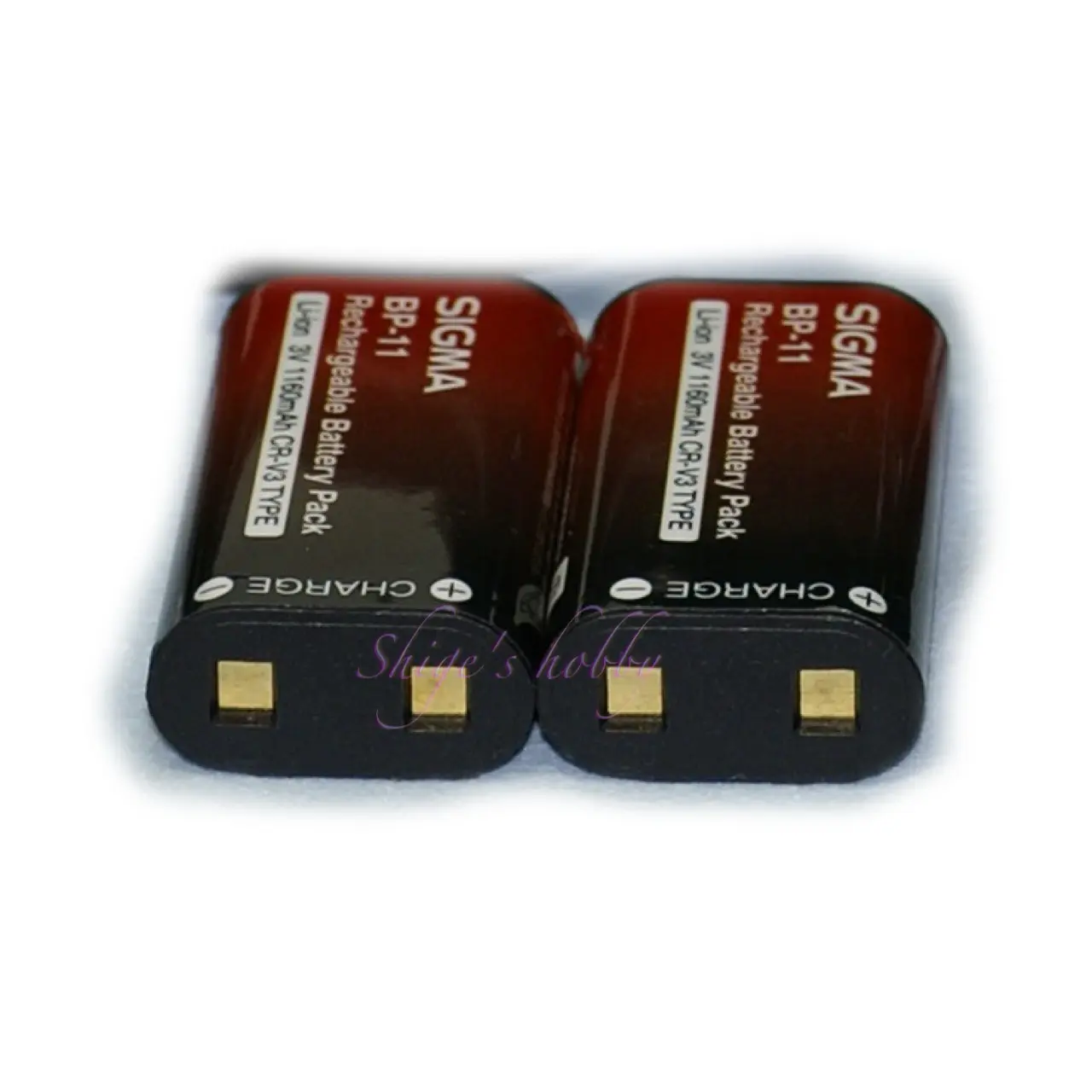
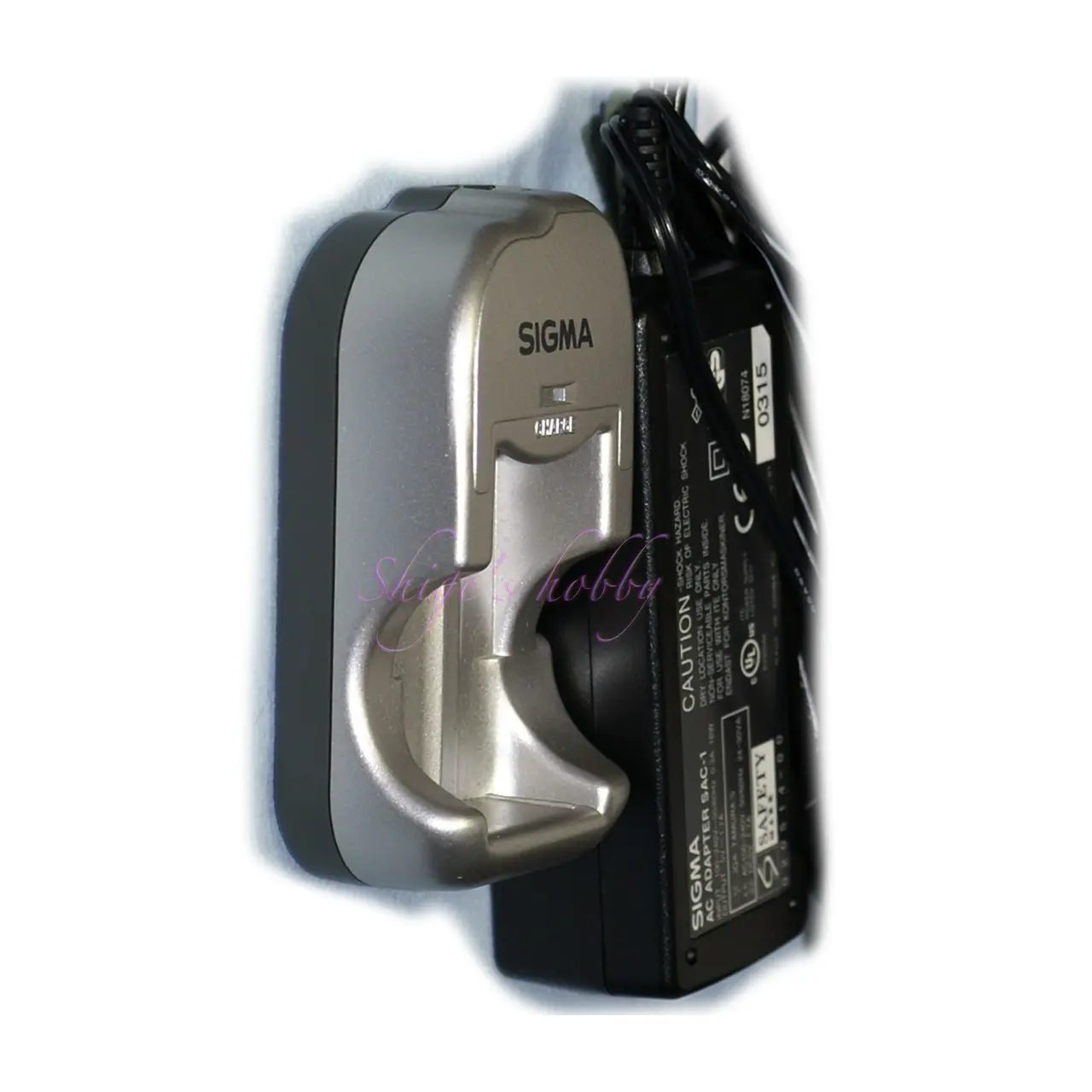
The CR-123V needed to control the camera doesn’t wear out very much, so using lithium batteries is not a problem.
The SD9’s image quality is still good enough to produce usable images in the 2020s, as long as the intended use is suitable.
The unblurred images of landscapes and wild birds, with their clear boundaries requiring color separation, are a world apart from the 6-megapixel images of the time equipped with low-pass filters.
As time went on, with higher pixel count sensors and the emergence of Bayer sensors without low-pass filters, I began to think that I didn’t need to be so particular about Foveon, but when comparing photos of the same subject, Foveon still offers better color separation, so I have used all of the Foveon sensor cameras to date.
This camera is equipped with a dust protector, a piece of glass inside the mount, to keep out dust. This protector also functions as an IR-cut filter, so care must be taken, as breaking it will prevent accurate color recording.
Since sunlight is the most sensitive wavelength-wise, it can be used under artificial light and in monochrome. With the dust protector removed, I tried a test shoot with an IR cut filter that cuts out 550nm, the same one I used on the Leica M8, attached to the front of the lens, but the results were not very good.
This may be because the filter is positioned directly in front of the sensor, and the components it cuts out are different. IR cut filters are sold cheaply on Ali Express, but I have not yet experimented with them because I am unsure of the reliability of the site and the components it cuts out.
3.Summary
In conclusion, to sum up the SIGMA SD9, it is an early digital SLR camera that cannot be described as easy to use, even as a compliment. The electrical components in particular are prone to malfunction and cannot be repaired, so it is likely that the number of cameras in operation will continue to decrease in the future.
The SD10, an improved version of the SD9, is slightly easier to use, but newer cameras are more refined.
However, both cameras have an IR-cut filter inside the mount, so care must be taken to avoid damaging it.
Specifications, considerations, etc.
Since the SD9 connects to the SD10, we previously had them on the same page, but in 2023 we recovered a junk SD9 and created a new, separate page. This explains some of the overlapping content.
The junk SD9 was indeed junk, and perhaps due to a dead sensor or circuitry, it produced no decent images.
The SD9 was released in 2002 at an entry-level price of around 200,000 yen for SLR cameras. At the time, the average photographer would have owned a film SLR, so buying a Canon or Nikon was the norm.
Attracted by the principle of the FOVEON sensor, I purchased the SD9 at Yodobashi Camera in Ueno shortly after its release.
It seemed like there weren’t many people buying this camera at the time, and the camera salesperson gave me their business card.
I frequently contacted Yodobashi Camera Ueno about problems with the power supply, which I’ll explain later, but the frequency of problems made it too much of a hassle to go through the retailer, so I started dealing directly with Sigma.
Because it was a Sigma SA mount camera, interchangeable lenses were difficult to obtain, so I had to buy them online from a camera shop in Osaka.
The unique image quality produced by this triple-layer sensor gave rise to Sigma fanatics. For a while, various information was circulating on online message boards.
The Sigma SA mount is compatible with the Pentax-K mount, although the flange focal distance is different, and M42 mount lenses could be used with it via a Pentax K-M42 adapter. The flange focal distances differ by 1.5mm—SA mount = 44mm, K mount = 45.5mm—but many older M42 mount lenses were over-inflated, so focusing rarely caused any practical problems.
In addition, Penta-K mount lenses could be attached and used with the SD9/SD10, as long as there were no interfering objects such as the aperture lever.
Shortly after the release of the SD9, a hobbyist released the SA-M42 mount adapter (CSM42), which allowed M42 lenses to be used with the correct flange focal distance.
The item on the right of the left photo below is a Leica R-VISO mount adapter (14167) modified to M42. I purchased it secondhand, and it allowed me to use Leica Viso lenses with the Sigma SD series. I used the Elamar 65mm Viso and Hektor 125mm Viso with the SD series.
Someone released the SA-Nikon F mount adapter, and for a time I used the Nikon AI 85mm/F1.4. This adapter utilized the external claws around the mount that only the SD9 and SD10 had, so it was no longer compatible with cameras from the SD14 onwards. The SD9/SD10 external claws were an option that Sigma never used, so I suppose it was understandable that it was discontinued, but it was disappointing that the Nikon F adapter could no longer be used.
I also had plans to modify this camera’s SA mount to a Canon EF mount, and I invested a small amount, but the plan fell through and I got my investment back. It was an idyllic time that is hard to imagine now.


To create this page, I launched SIGMA PhotoPro 6.8.2 on my Mac for the first time in a while and tried to develop SD9 images, but I got an error and couldn’t get it to work. It developed successfully in the Windows version, so it’s not a problem, but even so, I feel like SIGMA Photo Pro can’t escape its insatiable software (it crashes just because the root folder is specified). I’m sure there are many Sigma users who fell in love with the colors of the SD series but gave up because of this software. I’m happy that the Quattro series now supports DNG, but I feel a bit uneasy because I don’t know if DNG is equivalent to X3F.
I was surprised to find that SIGMA PhotoPro ran smoothly when processing SD1 X3F images on a 2024 Mac mini with an M2 Pro 32GB. It seems that the improved CPU power has caught up with the processing speed of SPP. It’s still a bit difficult to use, but I definitely feel it’s more comfortable to use than before.
| Items | SD9 | SD10 | SD14 | SD15 |
| Camera Effective Pixels | 10.29 million pixels (2,268 x 1,512 x 3 layers) | ← | 14.06 million pixels (2,652 x 1,768 x 3 layers) | ← |
| Camera mount | SIGMA-SA baynet mount | ← | ← | ← |
| Image sensor | FOVEON X3®(CMOS) 20.7×13.8mm | ← | ← | ← |
| Back LCD | 1.8-inch Low-temperature polysilicon TFT color LCD monitor 130,000 pixels | ← | 2.5-inch 150,000 pixels | 3-inch 460,000 pixels |
| View Finder | Pentaprism type single-lens reflex viewfinder | ← | ← | ← |
| Battery | Main 2 x 3V lithium batteries (CR-V3) 4 x AA Nickel-Metal Hydride Batteries 4 AA nickel batteries Sub 3V lithium battery (CR123A type 2 pcs.) | 2 x 3V lithium batteries (CR-V3) 4 x AA Nickel-Metal Hydride Batteries 4 AA nickel batteries | Lithium-ion battery (BP-21/BP-22) | ← |
| Record Media | Compact flash Micro drive | ← | Compact flash | SD-card(SDHC) |
| Size(mm) W x H x D | 152 × 120 × 79 | ← | 144 × 107 × 81 | ← |
| Weight(g) | 805g (Ext battery) | 785g (Ext battery) | 700g (Ext battery) | 680g (Ext battery) |
| Release date | Year 2002 | Year 2003 | Sep.2007 | Jun.2010 |
Options
- Vertical grip
- SIGMA SA mount lens
Reference links
- SD9 release article by Pc-Watch(Japanese)
- SD10 release article by Pc-Watch(Japanese)
- SIGMA SD9・Shige’s hobby
- SIGMA SD10・Shige’s hobby
- SIGMA SD14 / SD15・Shige’s hobby
- SIGMA SD1 / SD1 merrill・Shige’s hobby
- SIGMA SD quattro / SD Quattro H・Shige’s hobby
Update history
- 2025.1.5
- 2024.02.12:Update the article
- 2023.10.13:First draft
Affiliate Link
- Please see the disclaimer regarding advertising here.
- Italicized links in the text are advertisement links that take you to other sites.
- Sigma(Amazon Affiliate link)
- Sigma lens(Amazon Affiliate link)
- Sigma books(Amazon Affiliate link)

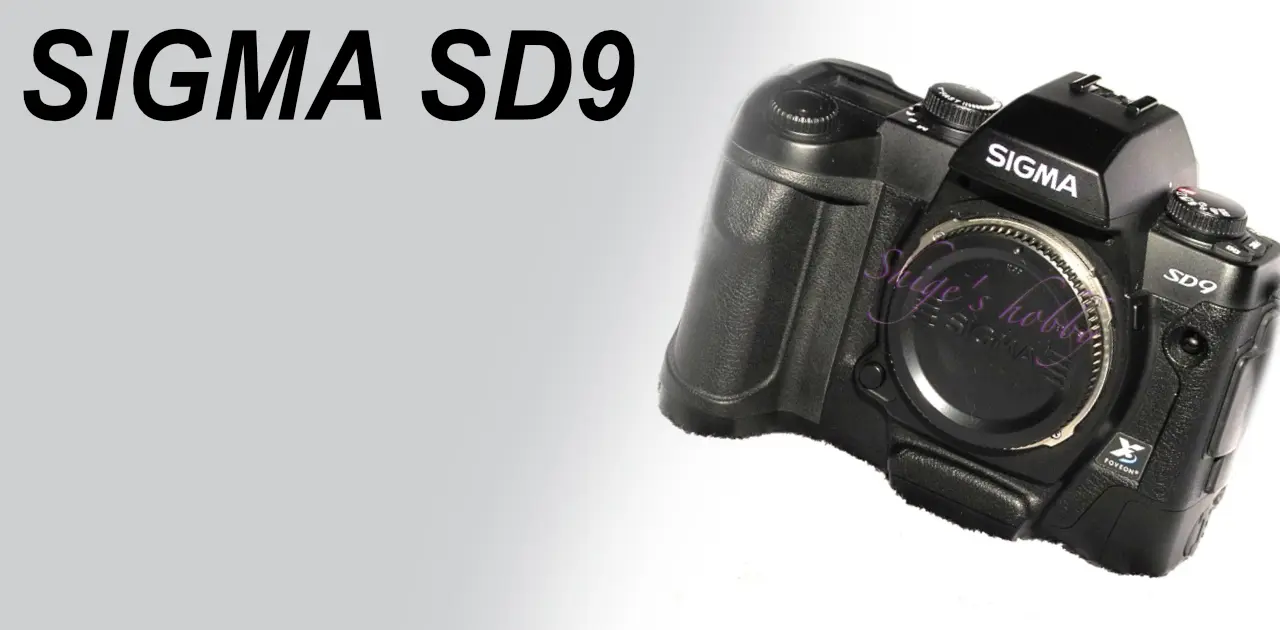
Be First to Comment